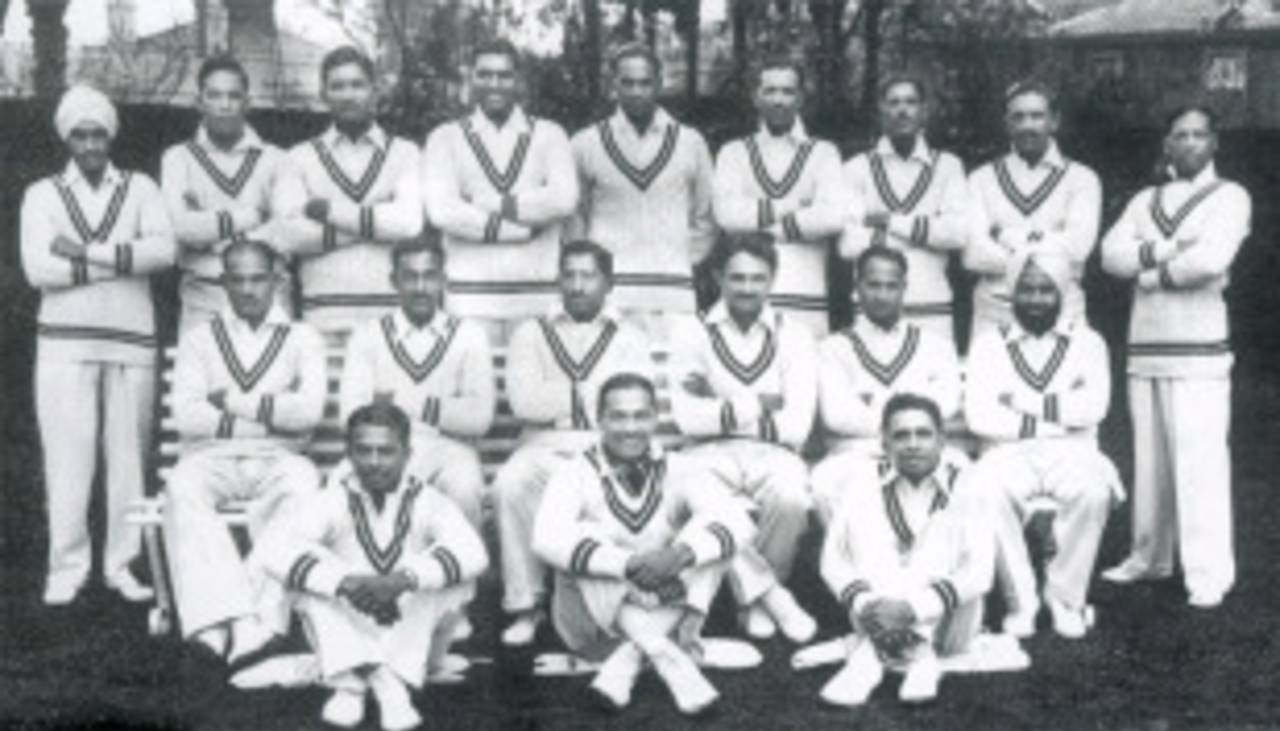Cricket and India started off as wary bedfellows. The game began in India as an elitist pastime, part of the imperial avocation of civilising the natives by moulding them in one's image. It was hardly a mass sport in the early years of the 20th century - the English regarded cricket in the USA in purely patronising terms. Thus, when Arthur Gilligan led an MCC side to India in 1926-27, consisting of worthies such as Maurice Tate, Andrew Sandham and the future England captain Bob Wyatt, they were expected to steamroll the opposition. And so they did on the first leg of the tour, all the way until they came to Bombay.
With one innings it all changed. Twenty-five thousand people trooped into the
Bombay Gymkhana grounds on December 1, 1926 to watch the Hindus take on the might of MCC. India, in those days, was charged with a sense of destiny; did these men feel it too? At 84 for 3, the Hindus were on the back foot when
CK Nayudu unleashed an assault that would reverberate far beyond the confines of that packed stadium. In 116 minutes of dazzling strokeplay, he made 153 runs, treating the bowlers - county stalwarts, all - with a disdain that would have befitted the likes of Victor Trumper or Gilbert Jessop. His innings included 14 fours and 11 sixes, then a world record.
A few days later, a masterfully crafted 148 from DB Deodhar ensured that India took the first-innings lead in the
first unofficial Test against MCC. These were not flukes, to be applauded patronisingly and forgotten - they testified to the growth in Indian cricket, and brought about a paradigm shift in the way it was perceived. Gilligan, MCC's captain and an influential figure in English cricket, lobbied for India's elevation to Test status, which led to the formation of the Indian cricket board in 1928, and India's first Test match in 1932. Things have come a long way since then - but the first rays of sunshine came through on a winter's day in December.
